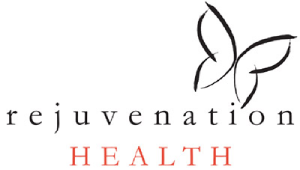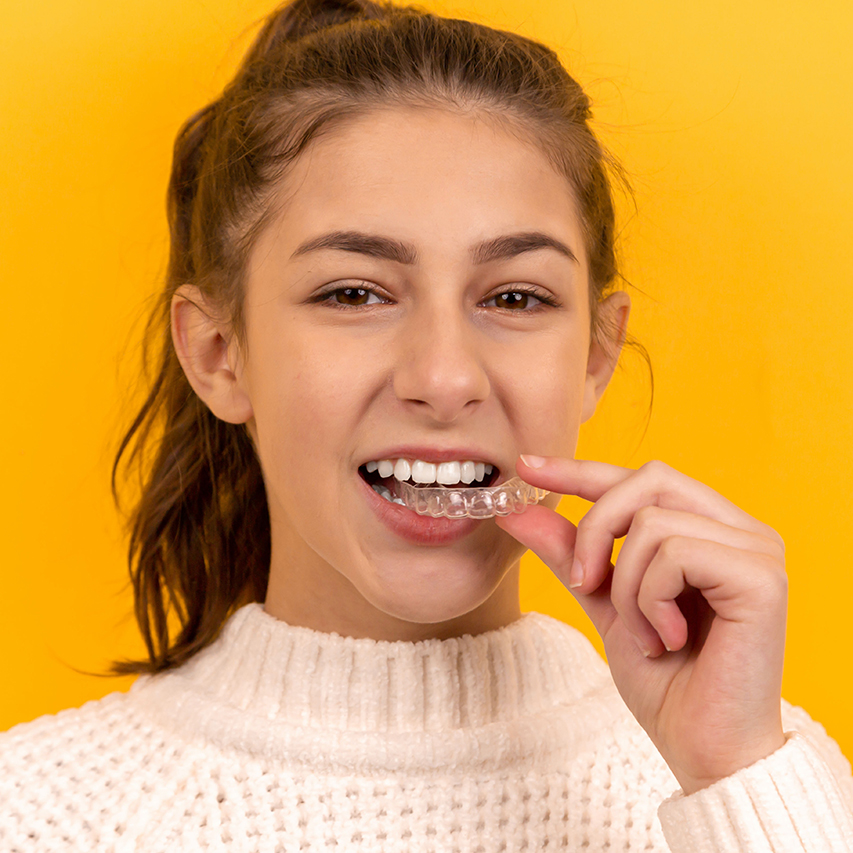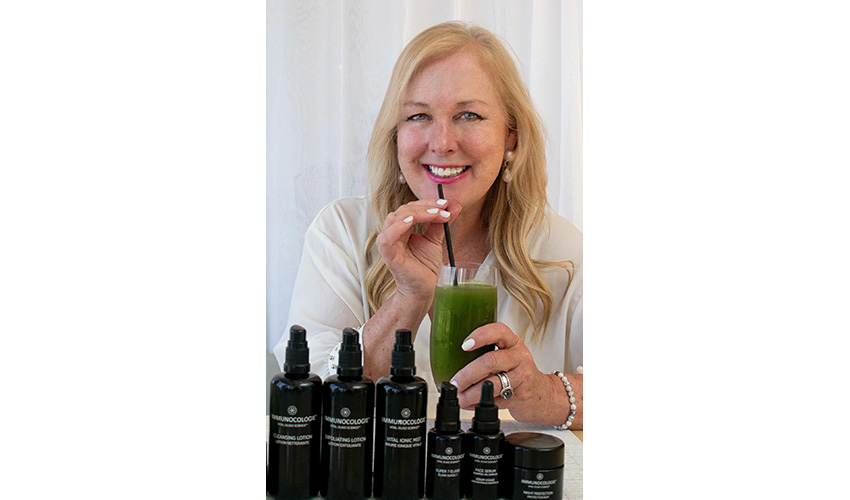Healthy, radiant teeth do more than just give you a brighter smile. Pearly whites with strong enamels and healthy gums are integral to your mouth’s biological ecosystem. Proper dental care — including whitening your teeth — promotes your oral microbiome.
Whitening teeth refers to restoring your teeth to their natural ivory color and uniform veneer. You can remove stains on the outer enamel and inner dentin, revitalizing their natural sheen.
What causes tooth stains?
Preventing tooth discoloration and disease is fundamental to oral hygiene. Over time, your teeth can become discolored for a variety of reasons.
Almost all tooth stains are rooted in poor dental health, either by improper maintenance of the mouth or consuming things that weaken enamel. The most common causes of tooth stains include:
- Dietary influences like the frequent consumption of coffee, tea, cola, red wine, tomatoes, candy, berries, or soy sauce
- Smoking or chewing tobacco
- Caustic dental substances that contain silver sulfide or excessive fluoride
- Certain medications
- Damage from physical trauma
- Enamel thinning due to genetics or age
Staining is a potential sign of deteriorating enamel, either through thinning or tooth decay. The most common color that plagues tarnished teeth is yellow, which can result from the exposure of the underlying dentin core. Brown or black stains may be indicators of tartar and can lead to dental caries (aka cavities).
Why whiten teeth at home?
Why would you want to whiten your teeth at home instead of going to the dentist’s office for professional treatment? Common reasons include:
- Stains are often surface-level and easily treatable
- Many suffer from dental anxiety (which can be treated with CBD)
- Home remedies can be more cost-effective than professional whitening
- At-home whitening is convenient, as you can do it any time without waiting for an office visit
Just keep in mind that at-home whitening has its limitations — as well as risks. That’s why you should consult a dentist before taking any tooth-whitening measures, especially if you have a history of weak enamel, cavities, or restorative dental work.
How to Whiten Teeth at Home
Getting rid of yellow teeth doesn’t require much effort if you exercise consistent, effective dental hygiene habits. In fact, you can easily whiten your teeth at home. Consider these options to get a whiter smile in the comfort of your home.
Oil Pulling
This corrosion-free practice is a natural means of detoxifying your mouth and inhibiting the spread of stain-causing bacteria. It’s a good solution if you have tooth sensitivity.
How can I make my teeth whiter naturally? Practice oil pulling every day. Put a tablespoon of coconut oil into your mouth and swish it around for 5-20 minutes, rigorously moving it between your teeth to remove food particles and bacteria. Make sure you don’t swallow the oil! Repeat this practice every morning before you eat breakfast or brush your teeth.
How is oil pulling different from using a mouthwash? Most mouthwashes — especially astringent ones that contain alcohol — destroy all the bacteria in your mouth, good and bad. This actually causes more harm to your mouth than good.
Natural oils like coconut oil are natural anti-inflammatories containing antioxidant compounds. They activate salivary enzymes to attract the toxins that create plaque, which you can then expel by spitting. In fact, research shows that oil pulling for even one week reduces the presence of Streptococcus mutans, which causes cavities and black tooth stains.
Hydrogen Peroxide
For many years, hydrogen peroxide has been the go-to home whitening method in the dental industry. However, now that we understand more about the oral microbiome, you should know the risks of using hydrogen peroxide as a whitening technique.
Hydrogen peroxide is a bleaching agent that is very effective at eliminating bacteria, which is why it’s used for topical first-aid treatments. But your oral health relies on millions of good bacteria, so you don’t want to wipe them all out. This is a fundamental principle of biomimetic dentistry.
Using highly diluted hydrogen peroxide does remove surface-level stains from your enamel. However, research shows that even low concentrations can alter tooth enamel. It’s proven that natural whitening techniques erode the enamel far less than products like hydrogen peroxide and carbamide peroxide do.
Because of this, hydrogen peroxide is a whitening technique that comes with a caution — only use at a low concentration (5%). It’s not a healthy solution for quick, same-day whitening.
Baking Soda
Baking soda is a mild abrasive and is effective at gently polishing the surface of the tooth. There’s overwhelming proof that brushing your teeth with baking soda reduces plaque and whitens teeth. Plus, research shows that this is safe on the enamel.
To use baking soda, form a paste with one part baking soda to two parts water, and smear it over the dental surface with a toothbrush. Brush gently with a soft-bristled brush before rinsing. You can do this a few times per week.
Fruits and Vegetables
While some fruits and vegetables — like cherries and pomegranates — stain your teeth, others can actually whiten your teeth naturally and strengthen them.
Organic foods like pineapple and mango that contain enzymes like papain and bromelain can help keep your teeth healthy. These enzymes dissolve the protein film on your teeth that plaque-causing bacteria adhere to and create stains. Even toothpaste containing these fruit-based enzymes significantly removes surface stains.
It’s another natural way to have whiter teeth and help prevent gum disease. As a bonus, eating foods rich in digestive enzymes benefits your whole body via the mouth-body connection.
Milk
Milk indeed makes our teeth stronger — it also helps whiten them.
In addition to providing calcium, milk contains casein. This protein compels calcium phosphates to repair enamel and even prevents plaque. One study found that casein helps prevent the staining tannins of tea from adhering to teeth by binding to polyphenols.
Whitening Toothpaste
Many whitening toothpastes use baking soda, which removes yellow stains from teeth. Simply use whitening toothpaste the same way you use normal toothpaste. Squeeze a bit onto your toothbrush and brush as usual to gradually remove stains.
Whitening Kits and Whitening Strips
Many use home teeth whitening products for effective stain removal. Although these over-the-counter products differ in how they’re applied to the dental surface, they use the same primary ingredient: hydrogen peroxide.
A combination of H2O2 and other ingredients gradually removes extrinsic stains over a week or a month of application. Whitening kits come in a whitening gel form, while whitening strips are thin films applied to the teeth.
What Not to Try
Some common DIY teeth-whitening techniques can actually be detrimental to your teeth and oral health. Damage to enamel can be irreversible, leading to cosmetic dentistry corrections like veneers or fillings.
Apple cider vinegar and citrus fruits are commonly touted as natural tooth whiteners. However, their high level of acidity can eat into the enamel irreversibly. Research shows that consuming large quantities of low-pH liquids like vinegar causes dental erosion.
Charcoal is another common “remedy.” American Dental Association (ADA) research found that using toothpaste containing activated charcoal leads to damaged enamel and tooth erosion, so avoid those products.
Implementing techniques that don’t nurture your oral cavity can actually cause further discoloration and damage instead of restoration. Possible side effects include:
- Worsened discoloration
- Spots/blotches on the enamel (fluorosis)
- Cracked or chipped teeth
- Pain or irritation
Be wary of corrosive, caustic treatments like tooth bleaching that promise to whiten your teeth instantly or overnight. It takes time to improve your smile.
Preventing Stains
You know how the best offense is a good defense? The best way to have sparkling white teeth is to keep them white in the first place.
How can I prevent tooth stains? Practice proper dental hygiene every day.
- Cut back on damaging practices like consuming high-tannin drinks, acidic foods, tobacco products, and excessive sugar.
- Cultivate a balanced, thriving oral microbiome while also fighting plaque. This requires brushing and flossing multiple times every day to remove food particles and the microbes that cause tooth decay.
- Semiannual visits to the dental hygienist are imperative. Have your teeth professionally cleaned and inspected every six months.
What is the best way to whiten my teeth at home? Proper dental hygiene and techniques that foster oral health, like oil pulling and brushing after meals.
If you notice a rapid change in the color, sensitivity, or texture of your teeth, make an appointment immediately.
Tooth Whitening in New York, NY
While the home remedies we’ve listed are effective against surface stains, you’ll need professional whitening for deeper discoloration. Here at Rejuvenation Dentistry, we use natural techniques to rebuild your enamel and revive its natural look. Holistic oral care and wellness are key.
We want to help you cultivate a healthy smile, including keeping your pearly whites shining bright. Our biological dentistry practice in New York City knows how vital it is to whiten your teeth naturally.
Ozone dental therapy is one method that we use to eliminate tooth decay and remineralize weakened enamel. This non-invasive procedure can help turn yellow teeth white, coinciding with other at-home teeth whitening practices.
How can I whiten my teeth quickly? Professional whitening is the best solution if you’re in a hurry. Talk with a dentist at Rejuvenation Dentistry to determine a safe yet effective method that will strengthen your teeth rather than harm them.




